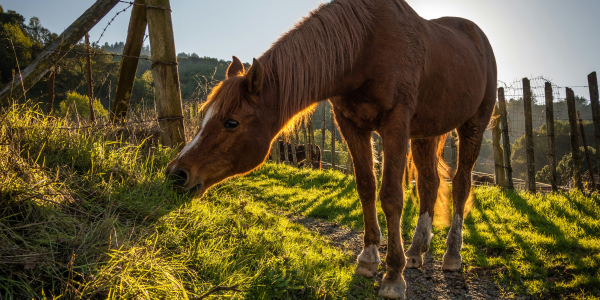Scientists are gradually revealing the intricate mechanisms of the equine intestinal microbiome. The progress may feel measured rather than swift. However, it’s crucial to acknowledge that studying the microbes in the large intestine and cecum difficult. It is like unraveling a complex puzzle an a cellular level. Continue reading to learn more about what researchers know about the equine hindgut. Especially if your curious what this means for your own horses. Also, if you are looking for a horse property for sale in Colorado, contact Colorado Horse Property today and speak with one of our horse-person realtors.
What We Know About Equine Hindgut
Initially, researchers believed that the primary, if not sole, function of intestinal microbes was the fermentation of fiber. Horses, unable to digest the bulk of their diet solely with teeth, saliva, and gastric acids, rely on bacteria in the large intestine to ferment feedstuffs and generate volatile fatty acids—essential for the horse’s energy. However, current knowledge has expanded beyond fiber-fermenting bacteria. The term “microbiome” now encompasses all microbes and their genes residing in the hindgut, including bacteria, fungi, viruses, and protozoa.
The gut microbiome extends its influence beyond digestion, playing a crucial role in immune system development and maturation. Furthermore, these gut microbes contribute to an ongoing communication between the gut and the brain, driven by the chemical byproducts produced during digestion. It’s widely acknowledged that horses possess a “normal” microbial population in a healthy intestinal tract. While variations may exist between individual horses, overall, a healthy equine digestive system generally maintains a consistent core microbiome.

